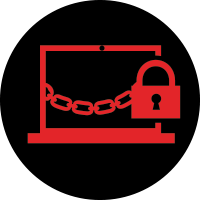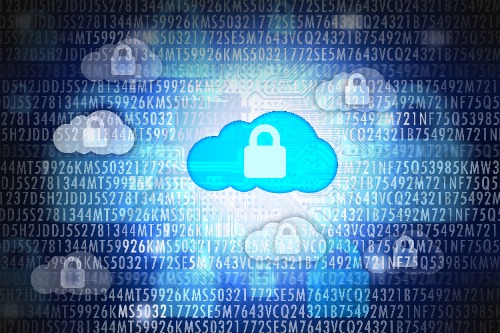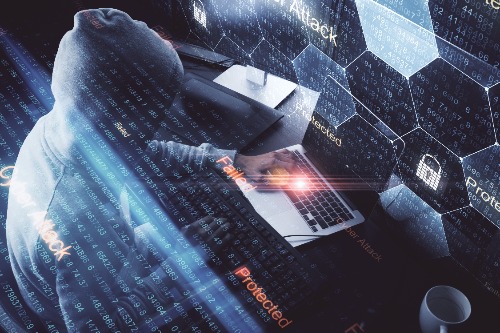The National Health Service remains the main ransomware target…
NHS has been identified as the primary ransomware target for quite some time. Several reports have suggested multiple ransomware attacks on the NHS, and a recent study suggests that won’t be slowing down anytime soon. With a 400% increase in ransomware attacks, the NHS needs to be working on advancing their cyber security measures to ensure their information remains secure.
Ransomware attacks have become and epidemic, worldwide. It has never been more critical to ensure proper protection for your endpoints than now. Three proactive steps IT professionals, and home users need to implement immediately are as follows:
1. Backing up data – Backing up your data daily is imperative. For home users it may not be as critical to back up as often, perhaps once a week, pending their PC use. Regardless, backing up is imperative. You should not only back up your data, but place it on an external device that can be removed from the PC after the back up is completed.
2. Education – PC users must educate themselves on current cyber security threats, as well as what to look for to avoid them. Having the ability to identify these red flags makes PC users less likely to become victims.
3. Application whitelisting – Implementing a security solution that includes application whitelisting as their primary source of detection will increase your level of protection. Application whitelisting is an alternative approach to security, compared to the traditional blacklist approach. You can learn more about application whitelisting here.
Now, if you end up finding yourself the victim of a ransomware infection, PC Matic encourages you to follow the following five steps:
1. Do not pay the ransom – If you do, you’re just giving the hackers a reason to keep hacking. Use your back up files to restore your systems. Again, don’t pay!!
2. Inform the FBI – By informing the FBI, they can investigate to potentially bring legal action against the hacker. All cyber criminal activity should be reported to the federal IC3 agency. You can file a complaint with them here.
3. Notify your current security software company – You also MUST inform your security software company. If they didn’t know they missed a malicious attack, they cannot stop it in the future. Also, many anti-virus software companies share their blacklist, or the list of known bad files. So by sharing it with your software company, they then share it with others; saving thousands of people from falling victim to the same attack that just got you.
4. Educate yourselves and your employees – Many times we attend one training, or listen to one webinar and consider ourselves educated on the matter. This cannot be further from the truth. Continued education on current cyber security threats is imperative. We recommend our friends at KnowBe4 for both personal and enterprise training on cyber security. As always, all PC Matic home security subscribers are offered a free cyber security training through KnowBe4 as well.
5. Reevaluate your security software protection – The reality is, your security software failed you. Now it’s time to look for an alternative security option. The United States Computer Emergency Readiness Team (US-CERT)strongly advises using a whitelist security technology. For personal uses, PC Matic home protection offers superior protection with advanced whitelisting technology. For enterprise use, there is PC Matic Pro, which offers advanced security protection with proprietary whitelisting technology.




